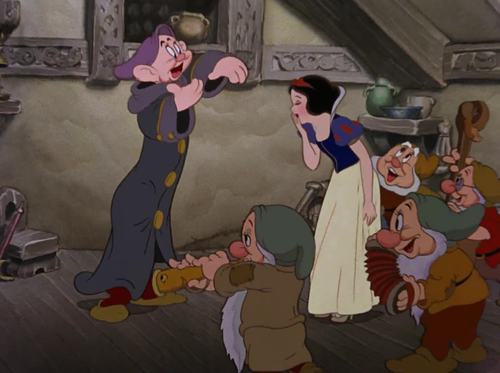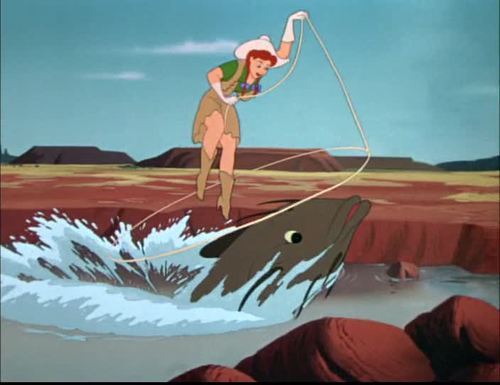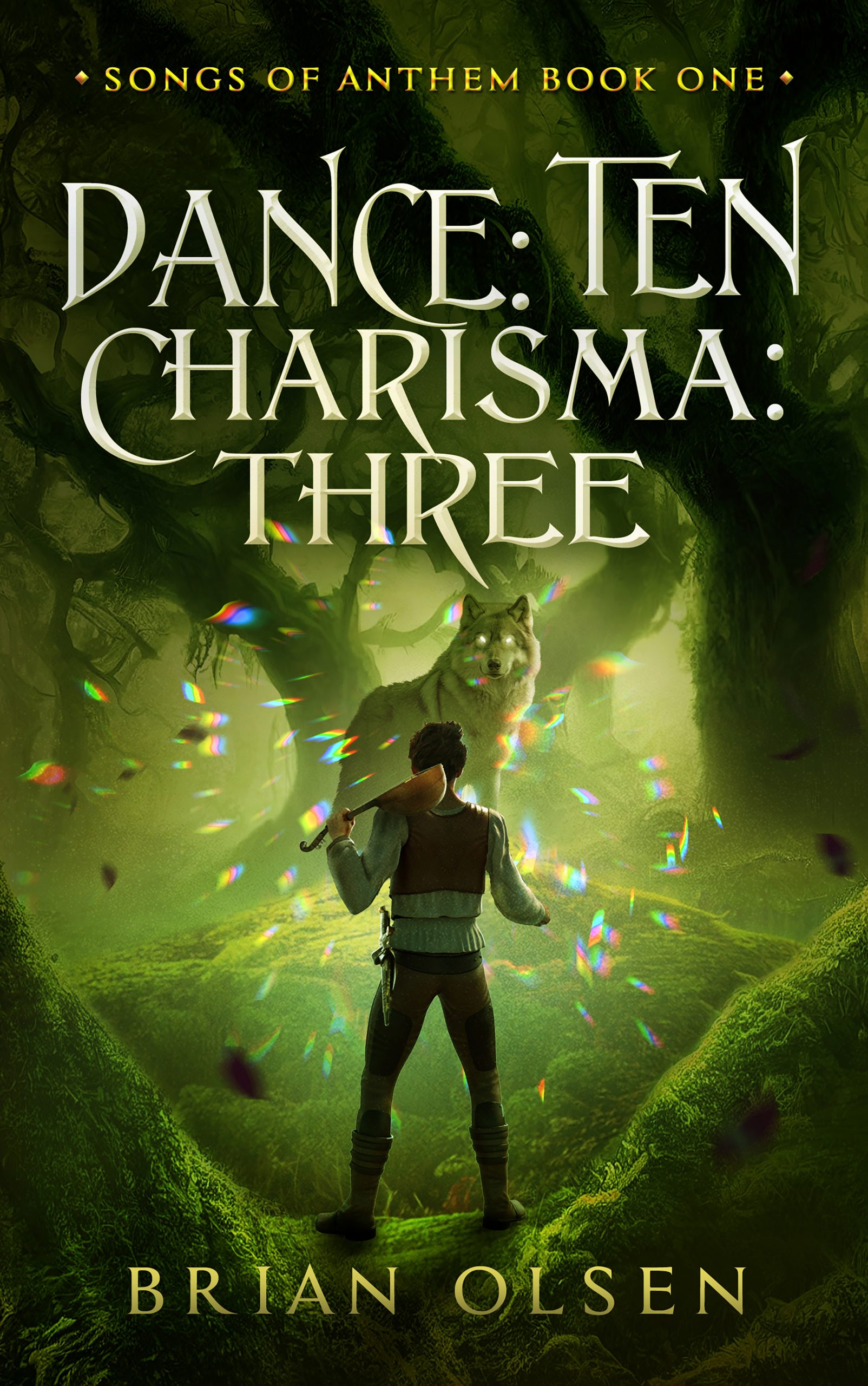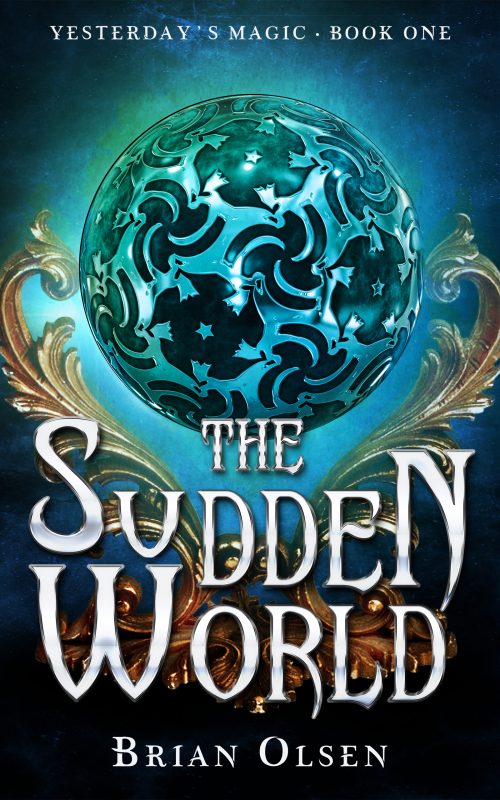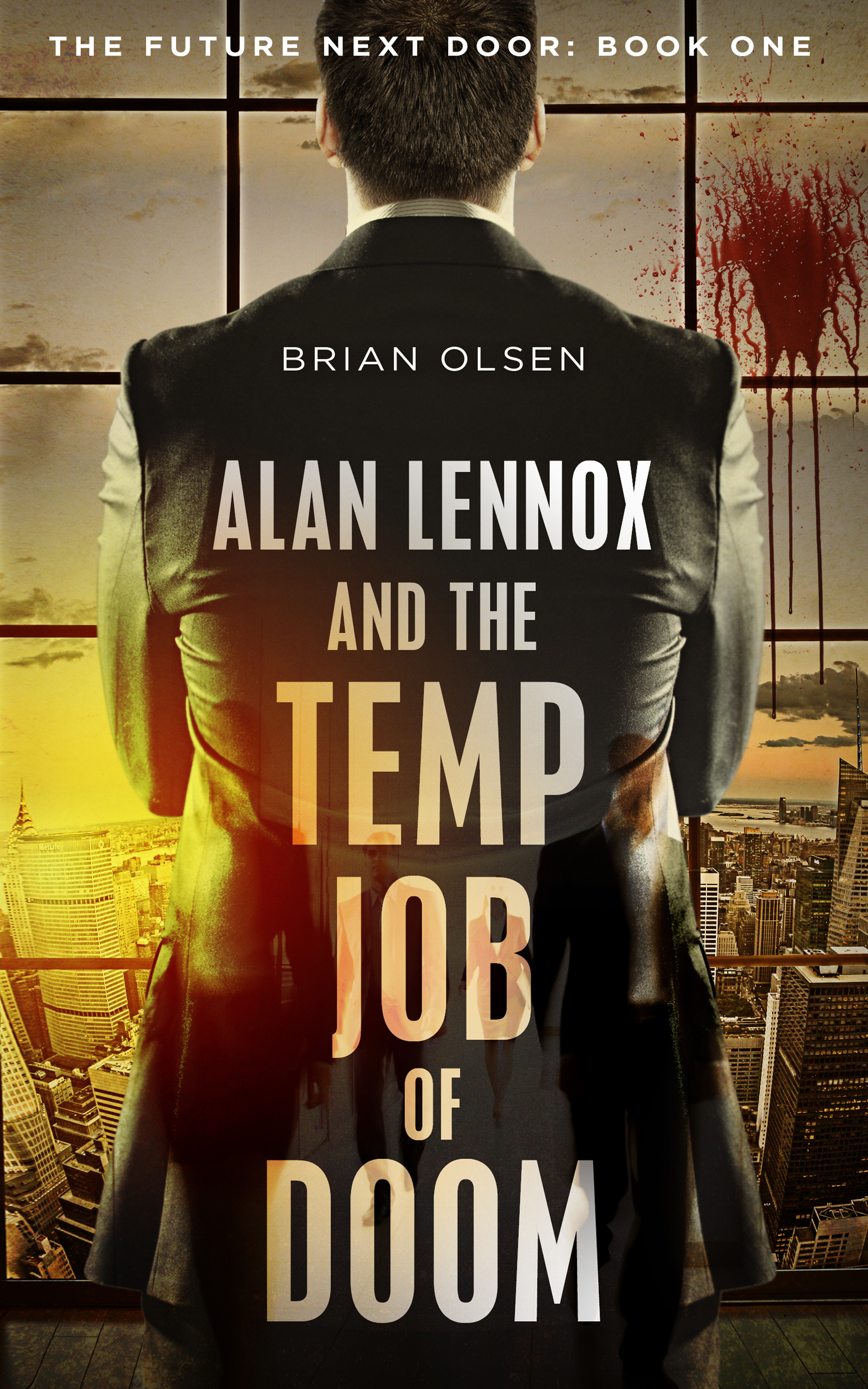I confess – as a self-proclaimed Disney queen, I am mediocre, at best. Oh, I talk the talk. I could spend an entire day at Disneyland, open to close (and indeed I have). I’ll defend their takeover of Times Square. I own The Life and Time of Scrooge McDuck. But there are huge gaps in my Disney movie knowledge. I’ve never seen Sleeping Beauty. I’ve never seen Mary Poppins. What the hell is WRONG with me?
Because I’m a completist, and because l like lists (and crossing things off of lists – oh, god, crossing things off of lists feels soooo gooooood), I got it into my head to watch every Disney animated feature, in order, from the beginning. Not the shorts – some are lost forever, so that’s not even possible. But all the features, animated and live action – anything released in cinemas by Walt Disney Studios. I might even go for some of those terrible straight-to-video sequels of the classic films, if I live long enough to get that far.
I expect I’ll have a lot of things to say about each film — I could talk forever about all things Disney. To keep this from getting out of control, I’ll limit my thoughts on each movie to ten. Because ten is a nice round number, and I already told you how I feel about lists.
Snow White and the Seven Dwarfs (1937) will start us off. It was Disney’s first full-length animated feature. (Okay, technically their first was a package of previously released shorts called Academy Award Review of Walt Disney Cartoons from earlier that year, but I can’t find a copy of it anywhere so I’m pretending it doesn’t exist. I mean, you probably never heard of it anyway, right? Maybe I just made it up, you don’t know!) The studio was already pretty successful with its various series of shorts like Silly Symphonies, and Mickey Mouse had been a household name for almost a decade, but this was their first foray into features. (Okay, their first into original narrative features. Geez.)
- We open on a storybook, where in two pages and a few seconds we read all the back story we need to get started. Snow White’s a princess, her evil Stepmother the Queen makes her dress in rags because she’s jealous of her beauty, if the Queen’s magic mirror ever says Snow is hotter than the Queen, it’s curtains. Boom, exposition done, let’s get going. That would be the first half-hour of a movie today.
- The Queen is fair and all, I guess, but is Snow White really the only maiden fairer? In the whole land? We never see another woman so, maybe, but still, I wanna know what scale the mirror is measuring by. Queenie needs to learn how to blend her make-up before she gets my vote for Most Fair.
- A wandering Prince (who is, not for nothing, way fairer than Snow or the Queen) hears Snow White singing and hops right over the wall to take a looksie. Creeper. Not the best security in that castle, I guess. Where are the guards? Are the Queen and Snow White the only people living there? No wonder they get on each other’s nerves.
- Queenie sends a woodsman to take Snow out for a nice day of flower picking and heart removal, but the axe-man can’t do it and tells the princess to run. Snow White does so, promptly running straight into complete madness. Two steps into the forest and she freaks the hell out into a full-blown panic-induced hallucinatory frenzy. Girl, I know you’ve led a sheltered life, but chill. It’s broad daylight. I have no sympathy for your manipulative white woman tears. Stop screaming, those aren’t alligators! They’re just logs! And what do you care, anyway? YOU CAN TALK TO ANIMALS!
- Snow’s Xanax kicks in long enough for her to ask some woodland critters to find her a place to crash. They lead her to an empty cottage that’s dirtier than my college dorm and she promptly sets about cleaning it, whistling while the animals do all the work. The titular heptet come back from toiling away in the gem mines to find a princess passed out in their beds. Introductions are made and given how scared she was of a tree a few hours ago Snow is much calmer than you’d expect. Calmer than I’d be, for sure. I’m fine with six of the seven dwarfs but Dopey freaks me out. Always did. Imagine waking up in a strange bed and seeing that swollen cranium gawping at you? Brr. When he stands on top of Sneezy, with the giant coat over them both, pretending to be a prince in “The Silly Song”? Stuff of nightmares. Anyway, Snow agrees to keep house for the brothers in exchange for a place to stay.
- Not a whole lot of plot in this movie, honestly. A few minutes at the beginning, a few at the end, but most of the film is just gags with the dwarfs. I’m not complaining. Snow White and the Seventy Minutes of Padding means there’s room for a glorious, gorgeous, drawn-out sequence where the Queen of Drama uses a bonkers magic spell to disguise herself as an old peddler.
- The Queen tricks Snow White into biting into a poisoned apple. The animals, who recognize the peddler as evil because they are much smarter than Snow White, fetch the dwarfs, who, before they even know that their hot housekeeper has faceplanted onto the kitchen floor, chase the old woman to her death. Just to leave no room for doubt, the Queen is struck by lightning, which causes her to fall backwards off a mountain, after which a giant boulder falls on her and two salivating vultures swoop down to feast on her carcass. Don’t worry, kids, she’s dead, dead, dead! That’s what you get for being old and insecure!
- The dwarfs are awfully upset about Snow White’s death considering they only knew her for one night and she was pretty condescending to them most of the time. A caption tells us she was so beautiful they couldn’t bear to bury her, so they put her in a glass coffin. Um, gross. She’s not going to be beautiful for long, you necros. Things wrap up pretty quickly after that: the Prince comes along, kisses the corpse, she wakes up, goodbye to the dwarfs, ride off into the sunset, angelic chorus sings!
- Snow White doesn’t have much agency in this film. She reacts more than she acts and still gets a thoroughly undeserved happy ending. At least, I guess it’s happy? The storybook tells us they lived “happily ever after” but the Prince looks to be in his twenties and she’s supposed to be, what, fourteen? Fifteen? And they barely know each other – she literally does not say one word to him over the course of the entire movie. I give it six months.
- This isn’t my first time watching Snow White, but I missed it as a kid, not seeing it until I was already an adult. Somehow I knew all the dwarfs’ names anyway. Cultural osmosis, I guess. This rewatch reminded me of just how beautiful the animation is. It’s so stunning I can’t believe it was made so long ago. Story-wise there’s not a lot of there there, but the visuals and the humor still hold up.
